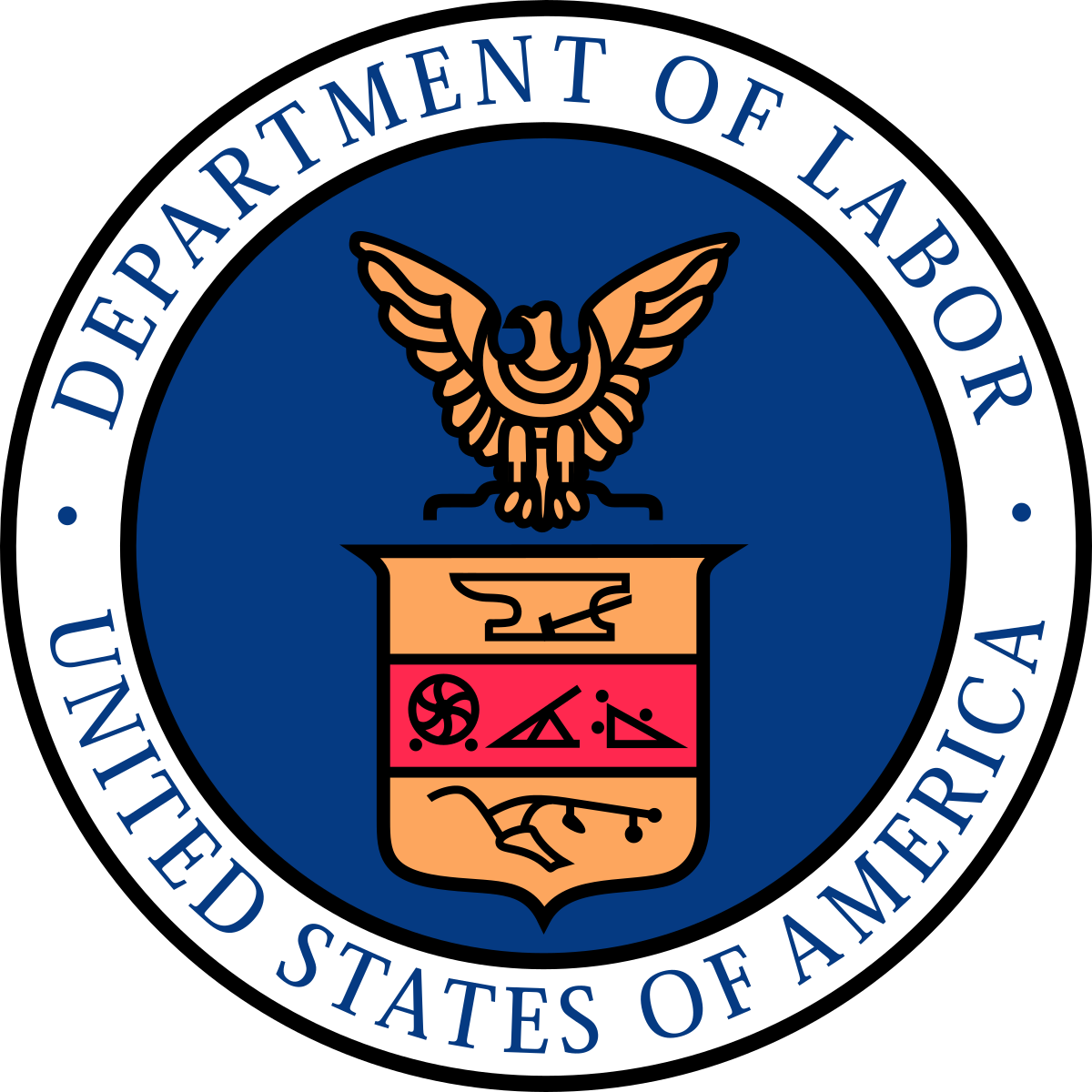
The Center for Immigration Studies (CIS) submitted a public comment this week to respond to a Department of Labor (DOL) request for information (RFI)1. DOL was soliciting input regarding whether STEM occupations (Science, Technology, Engineering, and Math) should be added to the list of occupations that DOL has “predetermined” are experiencing a “labor shortage” (known as the “Schedule A” list) -- that would mean they would be exempt from the mandatory PERM labor certification application process before DOL. The PERM labor certification process requires employers to first take certain steps to demonstrate that they have attempted to recruit U.S. workers before they may petition U.S. Citizenship and Immigration Services for green card for a foreign worker, among other mandatory steps. ("PERM" is short for permanent labor certification, as opposed to any process for temporary workers, and also is an acronym for Program Electronic Review Management.)
While the PERM process is far from perfect and subject to substantial fraud, it is the primary tool the U.S. government uses to protect U.S. workers from displacement, wage suppression, and unfair competition from the admission of immigrant (permanent) workers. The regulations governing PERM implement section 212(a)(5)(A) of the Immigration and Nationality Act (INA), which deems inadmissible certain foreign workers, unless the DOL first certifies that: “(1) there are insufficient U.S. workers at the place where the foreign worker would be employed who are able, willing, qualified and available for the job the foreign worker seeks; and (2) employment of the foreign worker would not adversely affect the wages and working conditions of U.S. workers in similar jobs.”
DOL’s RFI also requested public input on methods and data sources it should evaluate when considering whether a particular occupation is experiencing a “labor shortage” such that it should be included on the Schedule A list. DOL conceded that its data sources “are not sufficient” to demonstrate a “labor shortage” in STEM or other occupations.
CIS explained that, as a primary matter, the concept of a “labor shortage” is unfounded in a free market economy as large as that of the United States. In a “tight” labor market, employers should be encouraged to offer higher wages and provide better work conditions to attract more workers. Generally, “labor shortages” should not exist as long as businesses are free to raise the prices of their goods or services.
Accordingly, CIS strongly recommended that DOL evaluate wage trends when considering whether a true “labor shortage” exists. If employers are truly desperate for workers, DOL should see wages rising rapidly. American Community Survey (ACS) data analyzed by CIS, however, shows that wages in most STEM occupations declined between 2017-2022 (the most recent data available), except for tech occupations, which showed very little (0.3 percent) annual growth.
Additionally, because STEM occupations often require high levels of education and training, CIS highlighted ACS data that demonstrates the large number of U.S. workers who have STEM degrees but are currently not working in STEM occupations. This data suggests that STEM employers are not offering wages and benefits that are attractive to these high-skilled U.S. workers. Allowing STEM employers to skip DOL's PERM labor certification process to hire foreign workers, therefore, would directly undermine the interests of U.S. workers, in conflict with both the INA and DOL’s mission.
CIS expects DOL to issue a proposal to amend its regulations (known as a Notice of Proposed Rulemaking or NPRM) in the coming months to take the next step in adding more occupations to the “Schedule A” list. The public will have another opportunity to comment on the specific policy proposal once it is published in the Federal Register.
End Note
1 Agencies typically issue RFIs to solicit information from the public before proposing a regulatory change. Agencies can use the information they obtain from the public to both 1) inform the basis of a future regulatory proposal and 2) gauge public opinion on an issue.
